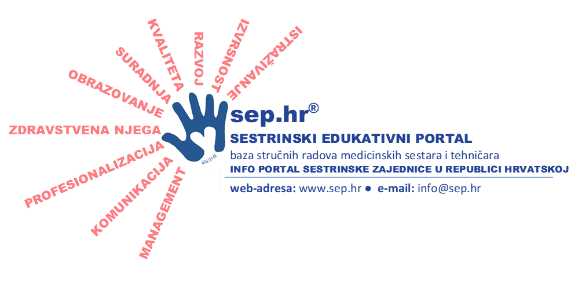K. Rosskopf 1 , S. Sipurzynski 1 , T. Wagner 1 , W. Schwinger 2 , C. Urban 2 , G. Lanzer 1
1 University Clinic of Blood Group Serology and Transfusion Medicine, 2 Pediatric University Clinic, Dpt. for Pediatric Hemato-Oncology, Medical University Graz
children, progenitor cell apheresis, transfusion medicine, pediatricians
''3. Međunarodni kongres HDMSARIST-a''
22.-25. travnja 2010. godine
Small children need a set of special precautions and preparations in apheresis procedures in comparison to
adults. We report our experience of the last nine years (2000 - 2009) regarding the feasibility, security and
efficacy of autologous progenitor cell apheresis in small children.
The tubing set of the cell separator (Cobe Spectra, CaridianBCT, Lakewood, CO, USA) is primed with a mix
of erythrocyte concentrate and plasma. The patients are equipped with a double lumen central venous
catheter and attended by their mother or father and a paediatrician. Special care is done on the
hemodynamics and the body temperature. We evaluated 65 procedures in 20 children (13 male, 7 female),
aged 18 months (7- 28), with a mean (range) body weight of 10 kg (7-12), a blood volume of 0,8l (0,6- 1,0)
and 3,5 times processing of the blood volume per apheresis. 4/65 (6,1%) procedures had to be abandoned
because of venous access problems but could be made up (after manipulation of the catheter) the same or
next day. The patient’s compliance was very good and there were only mild hemodynamic or metabolic
complications. In all 20 Patients a sufficient amount of progenitor cells could be harvested.
We can show that the cell collection in small children is feasible, safe and efficient and - under special
conditions (especially a close cooperation of transfusion medicine and pediatricians) and using an
isovolumetric procedure - has a low complication rate.
